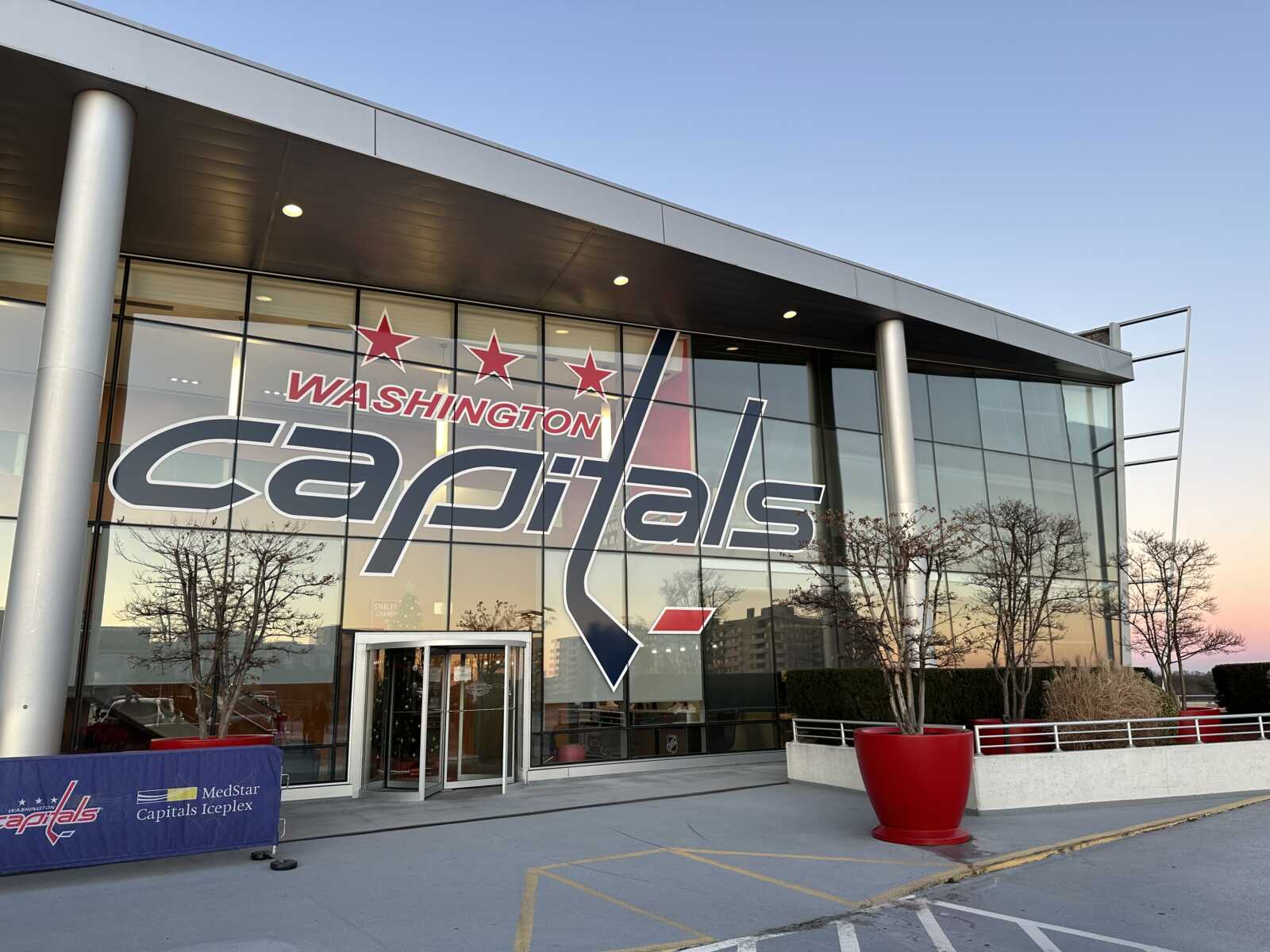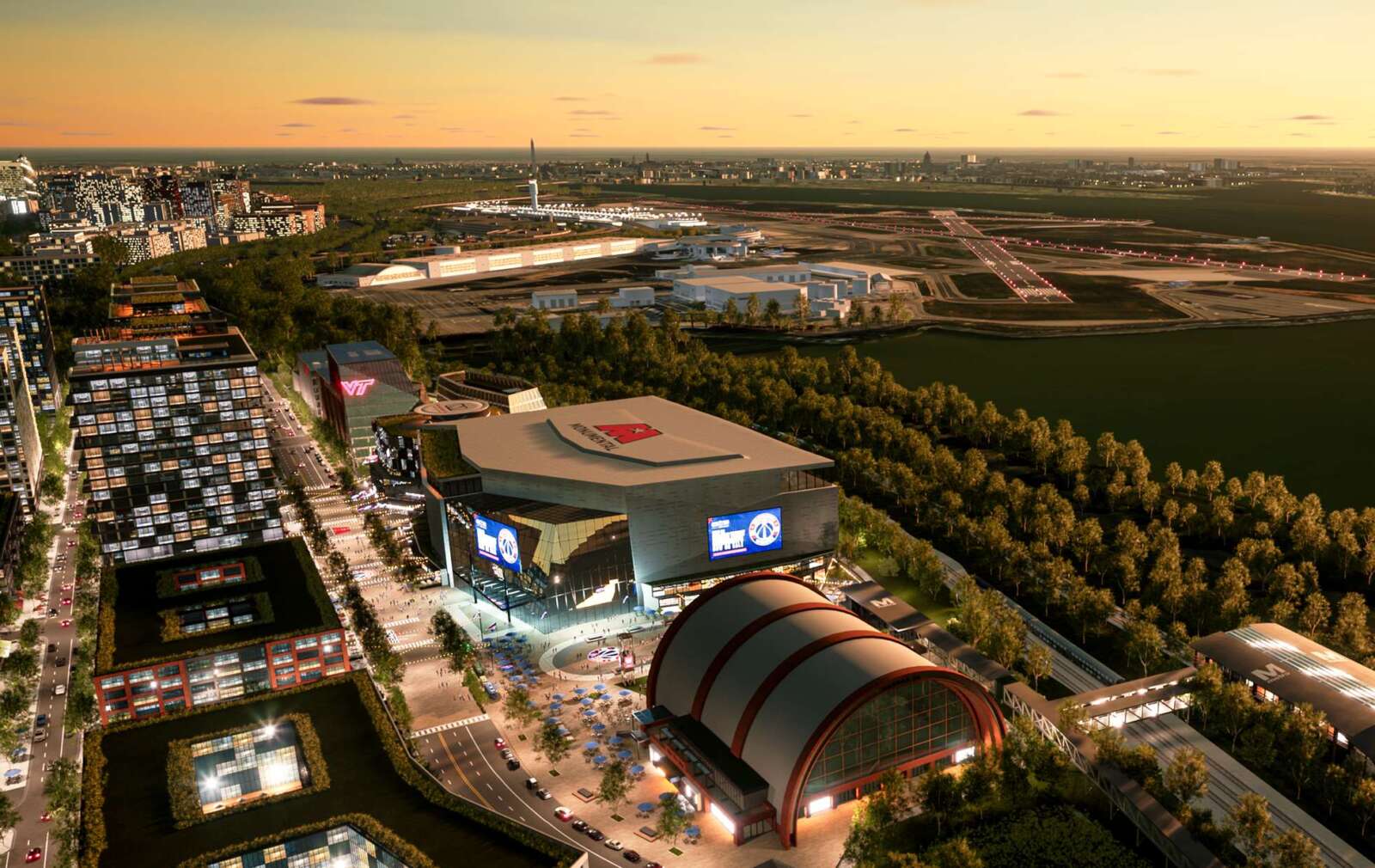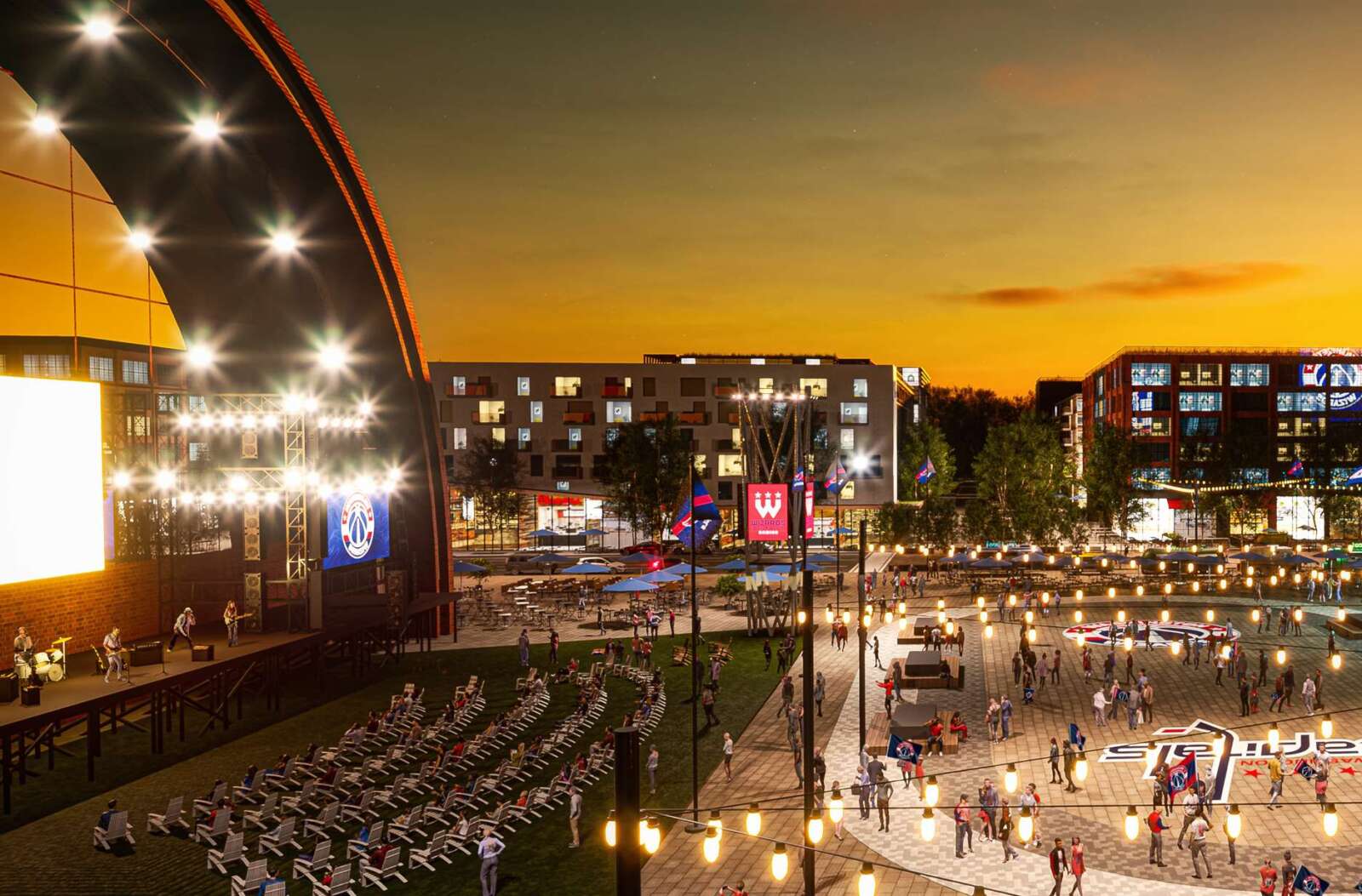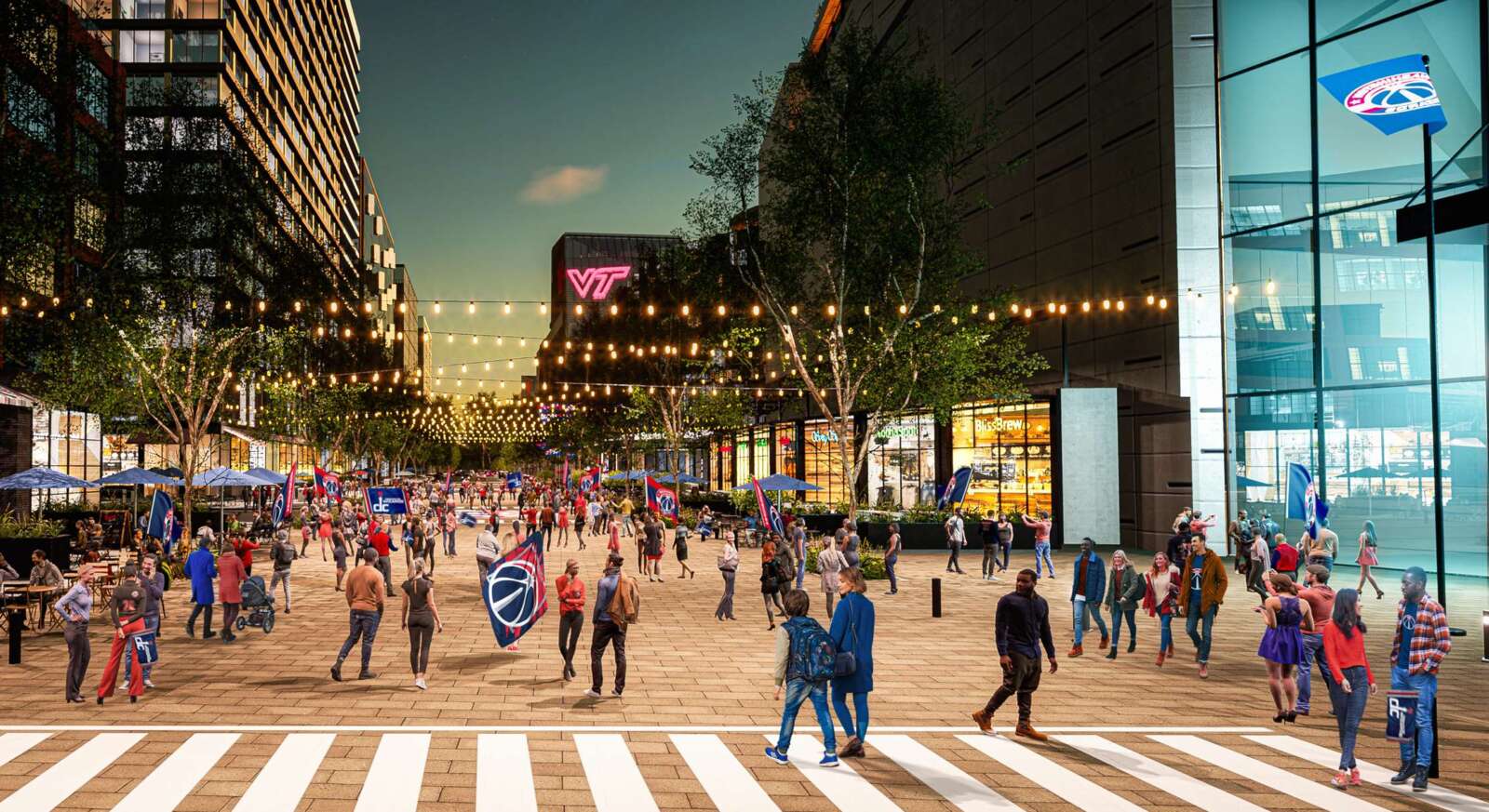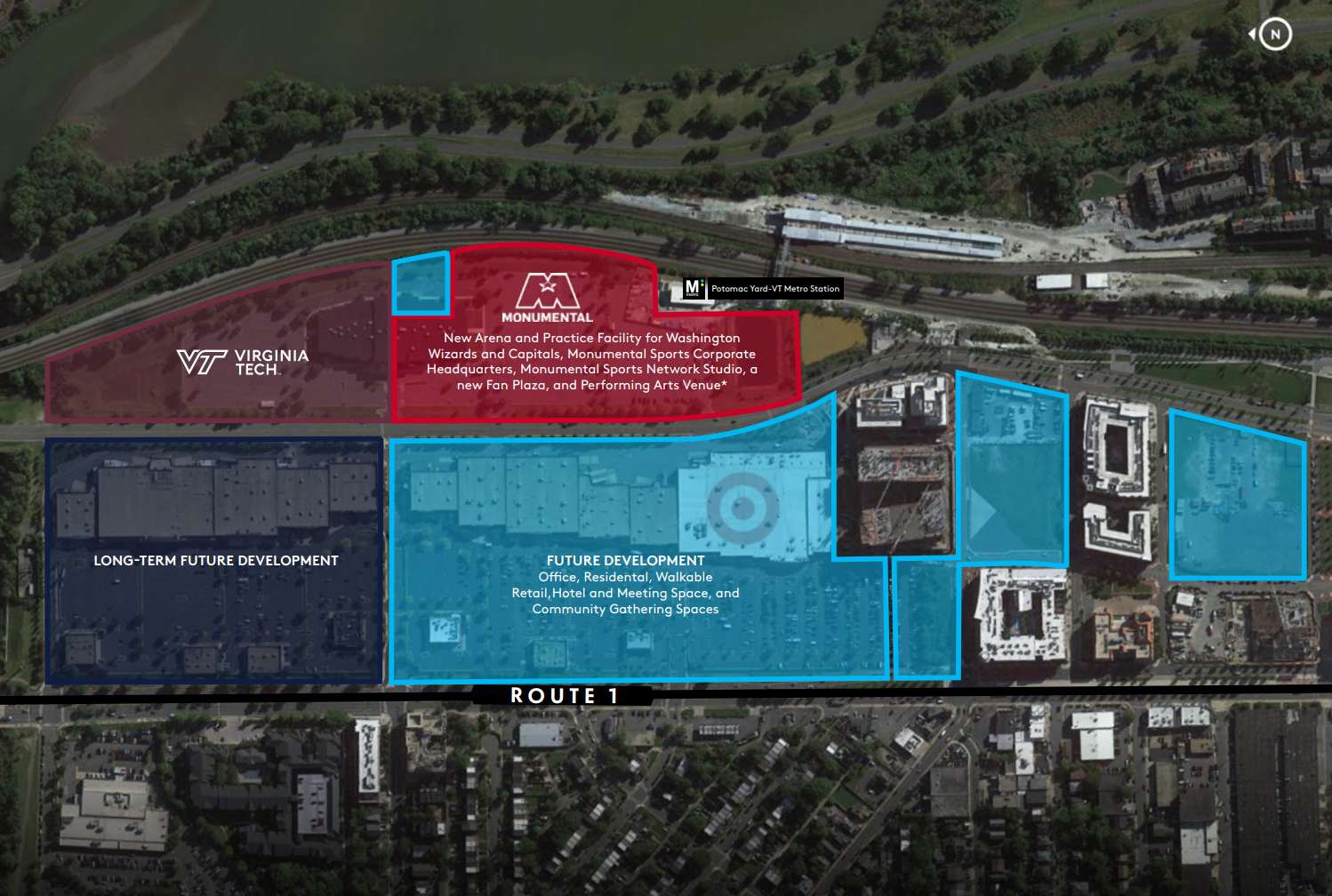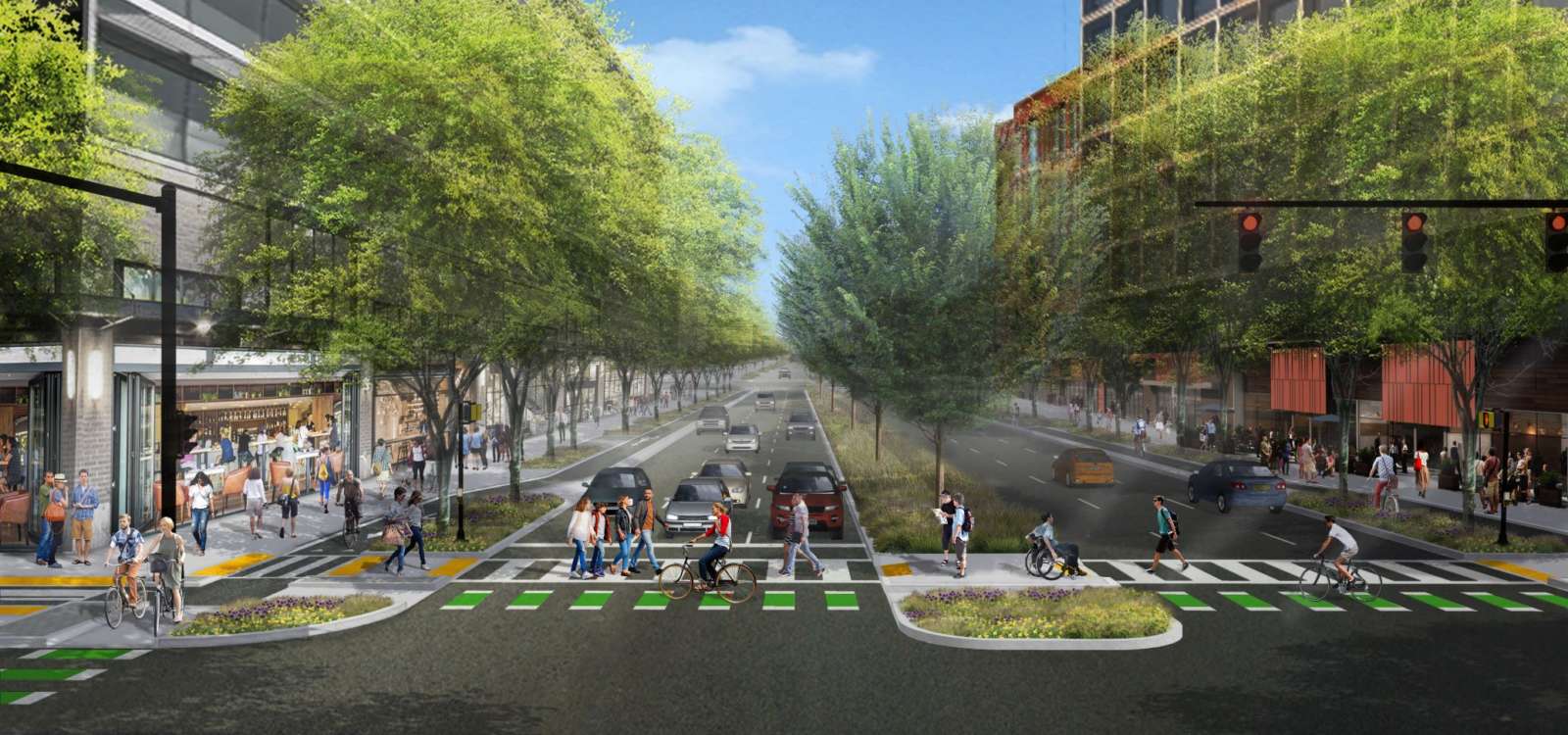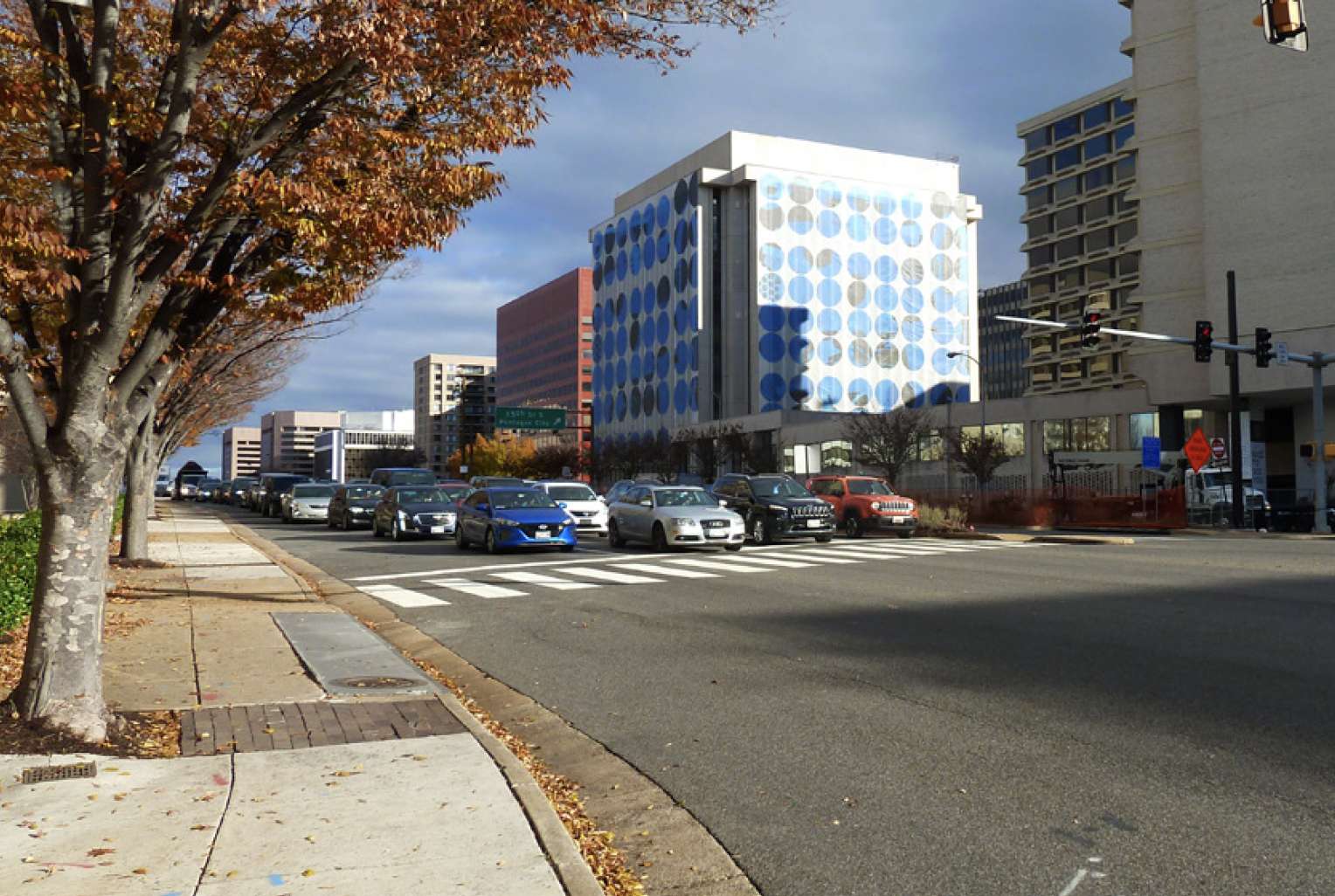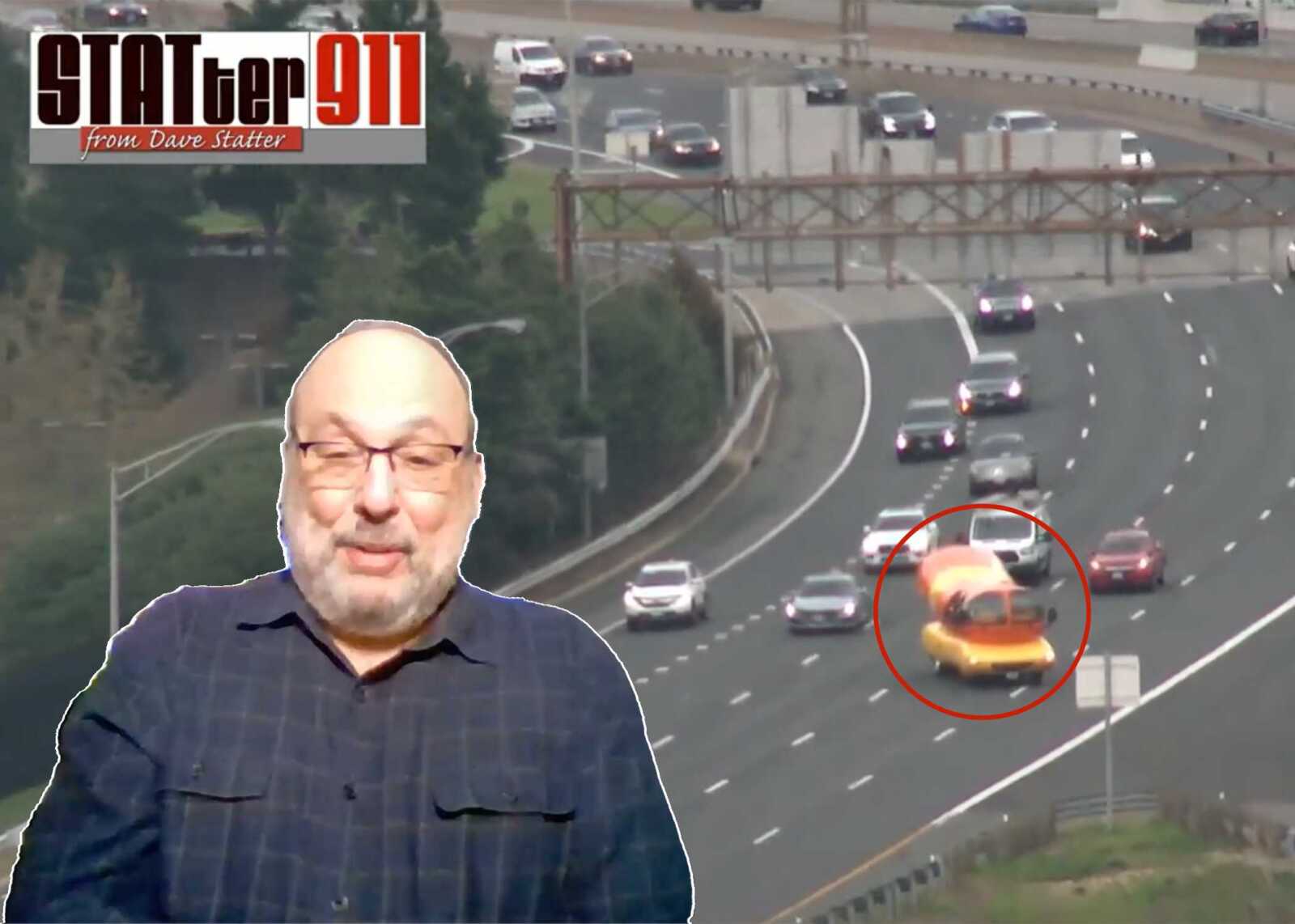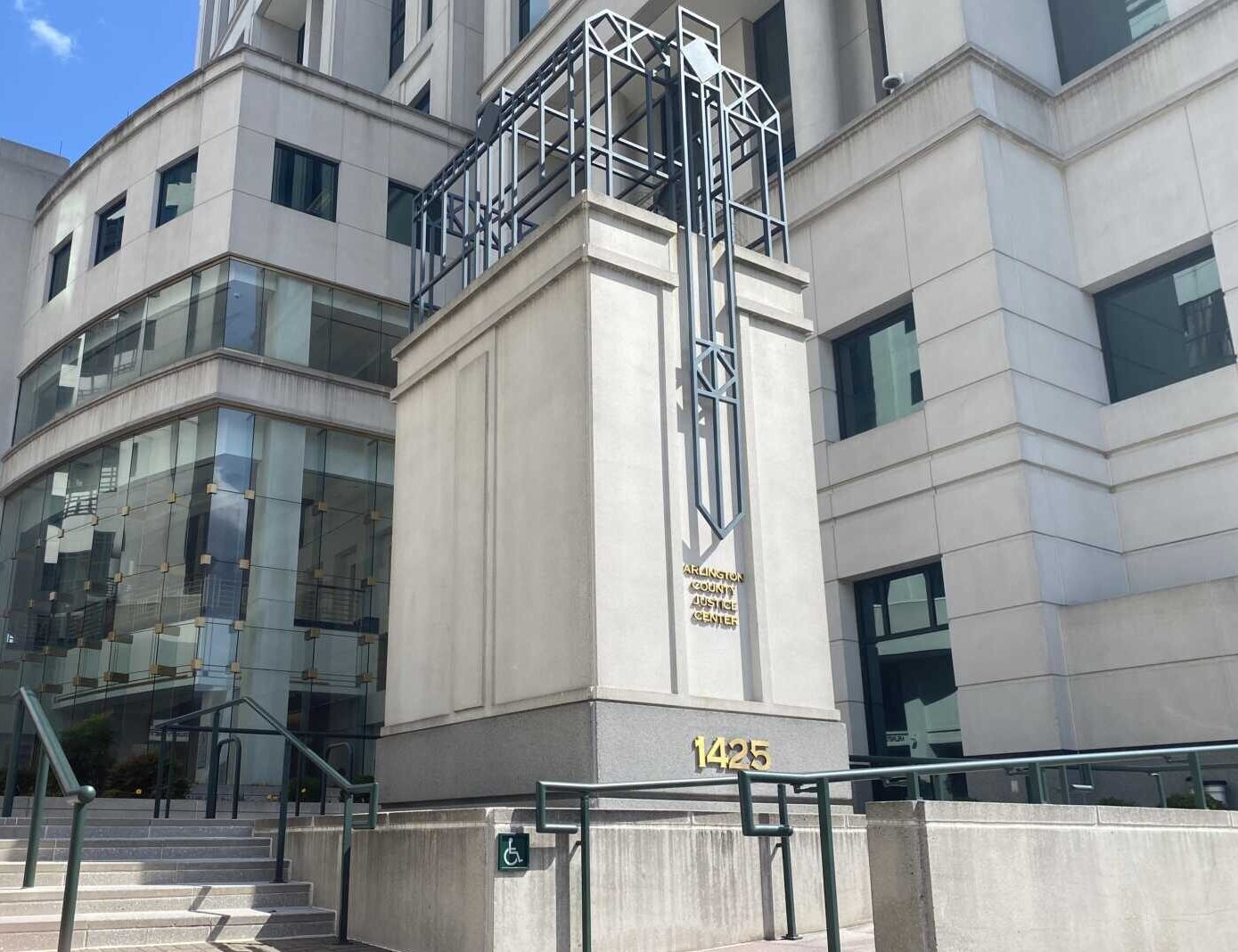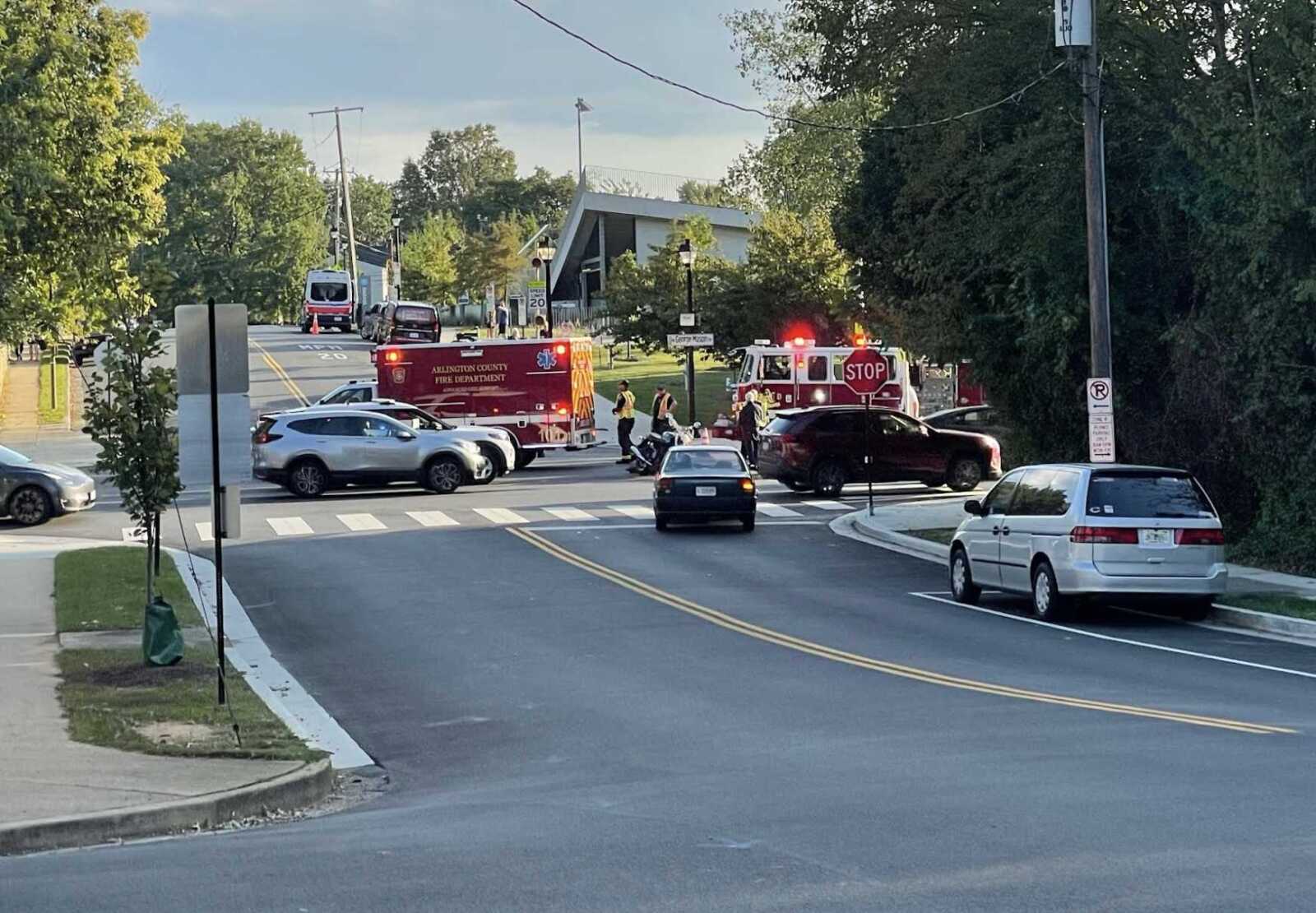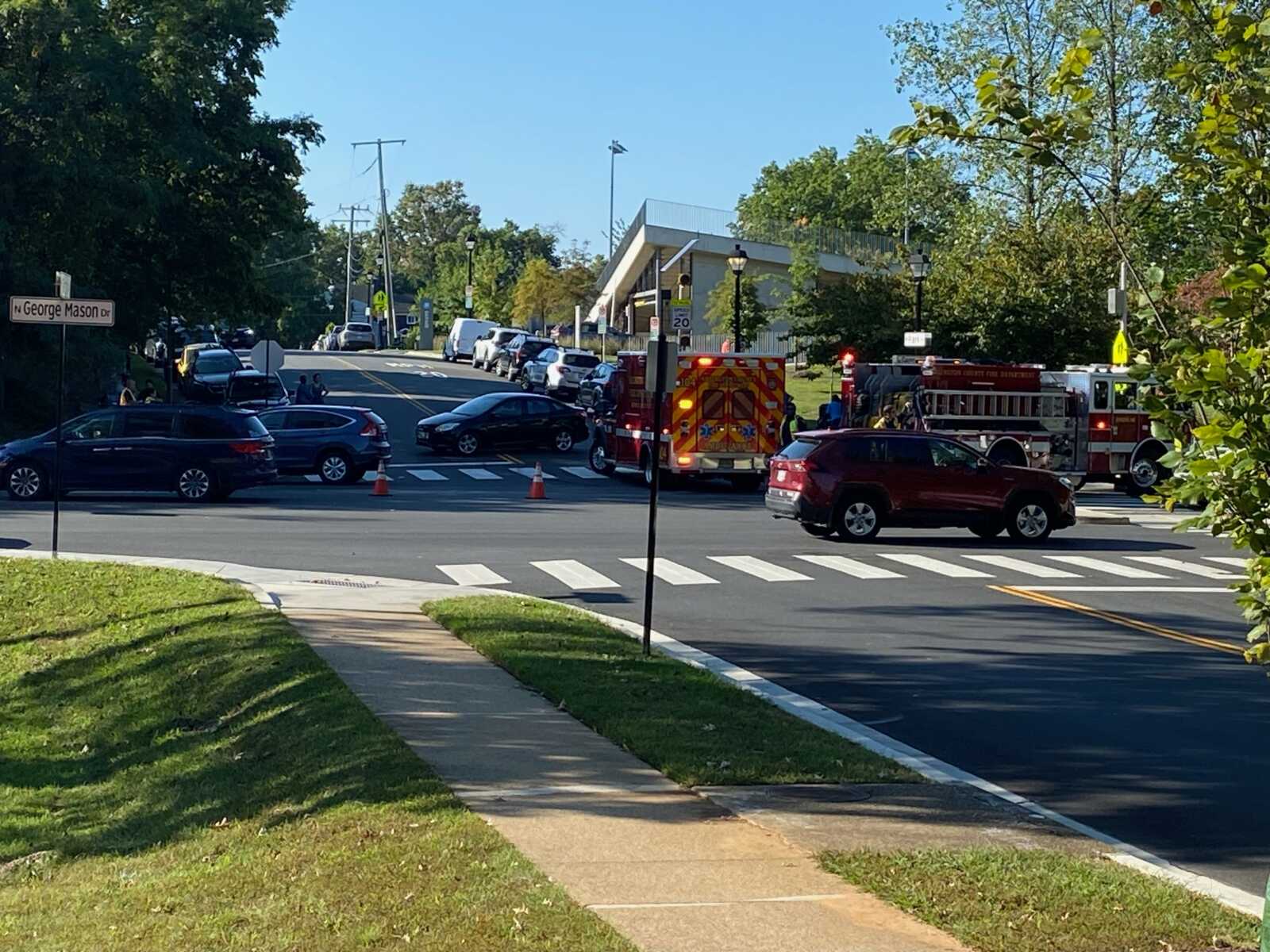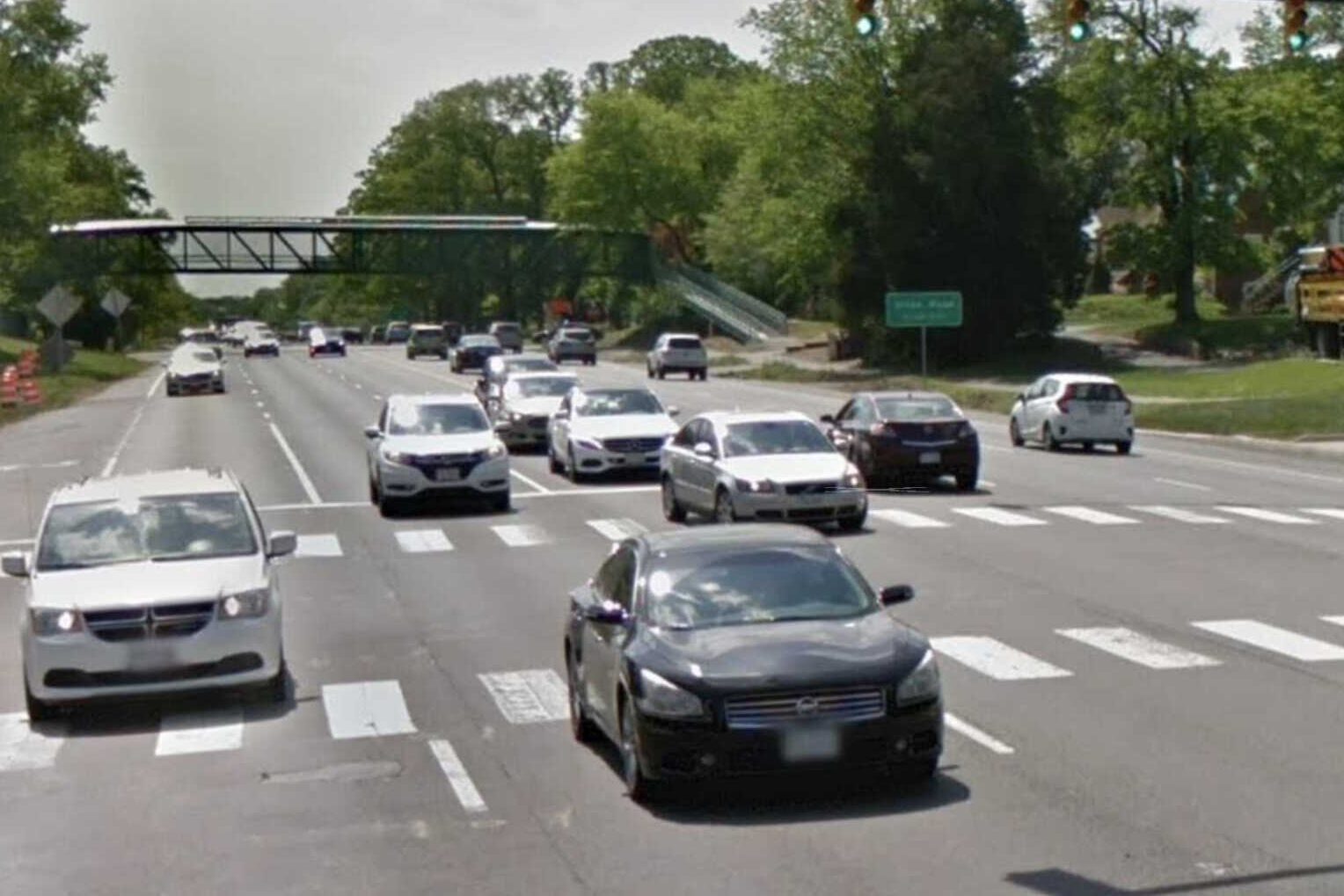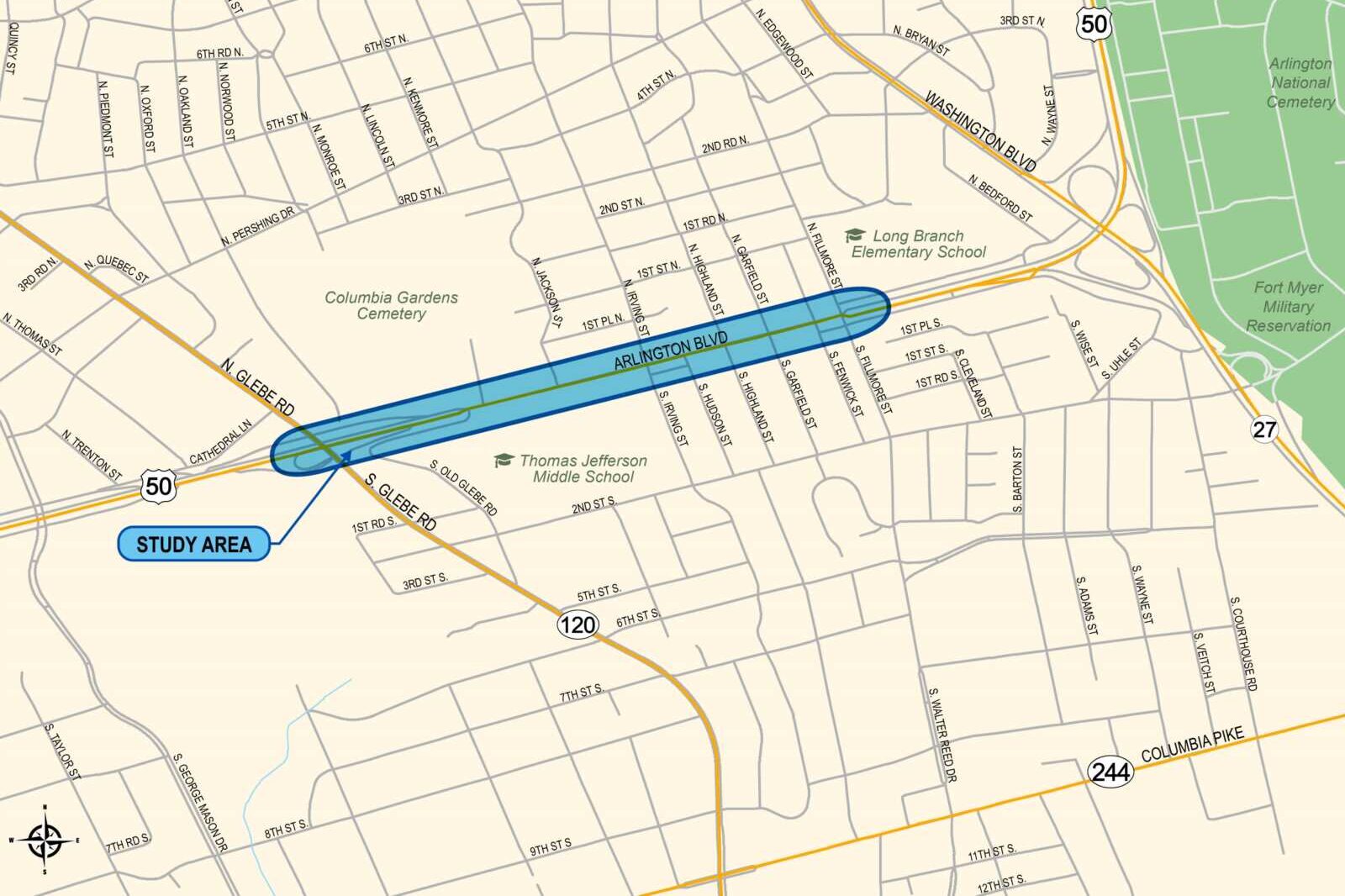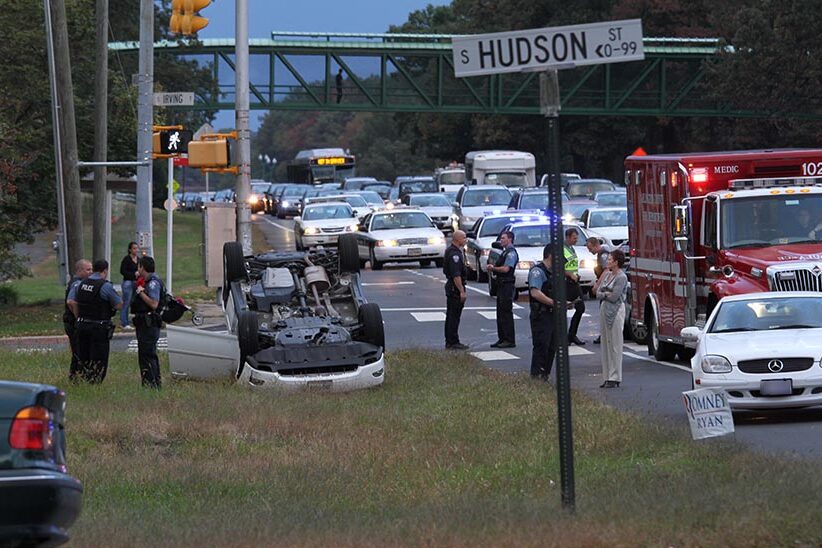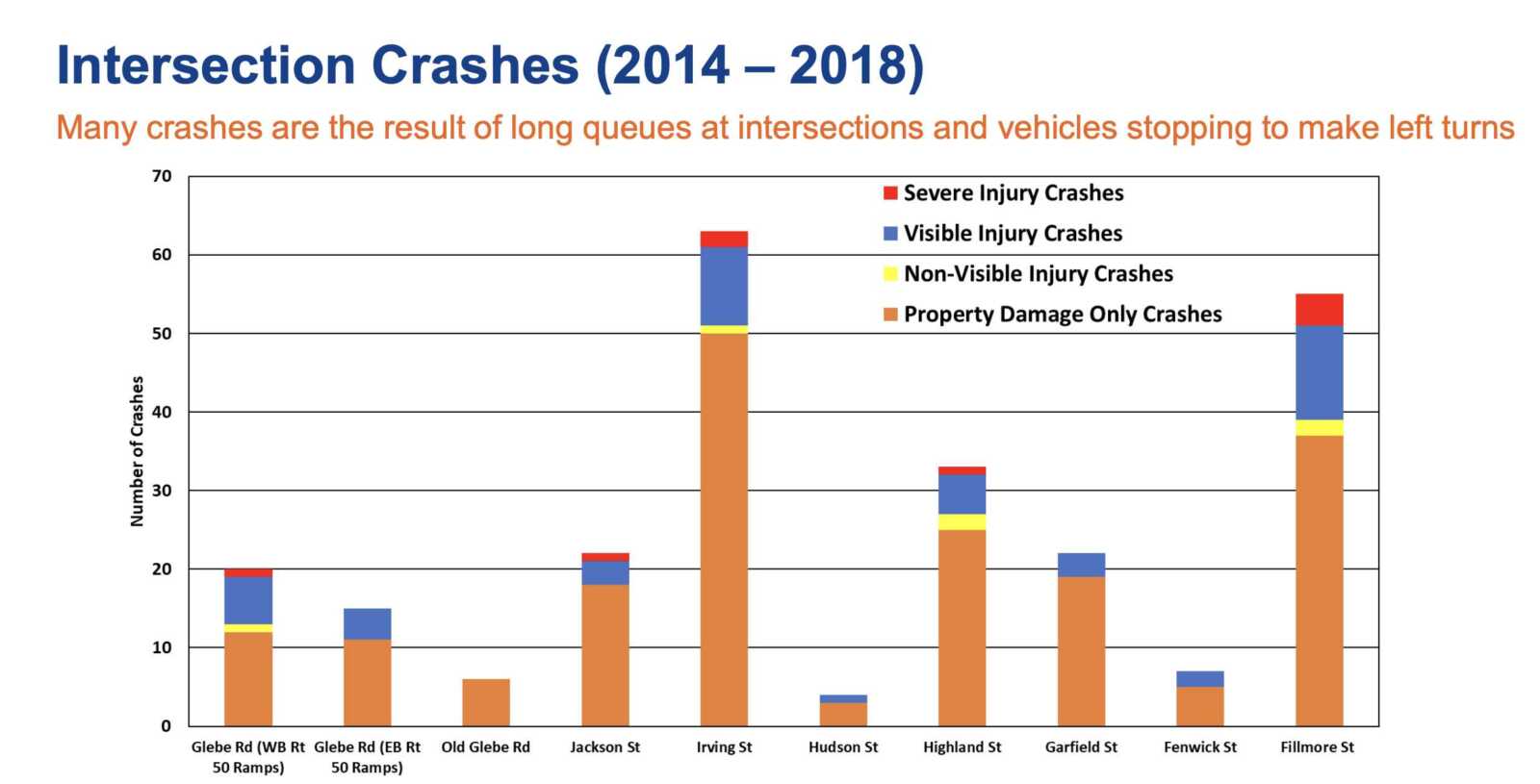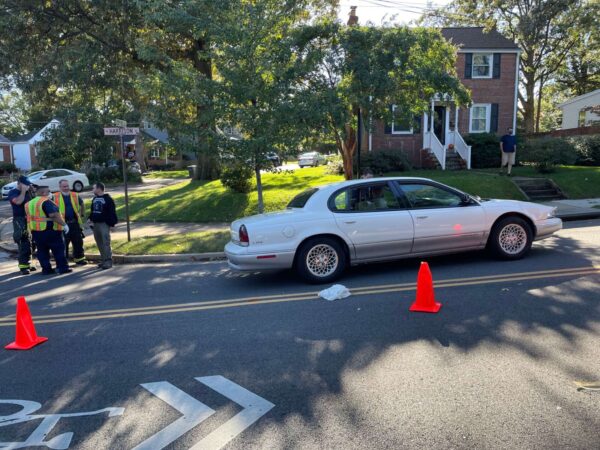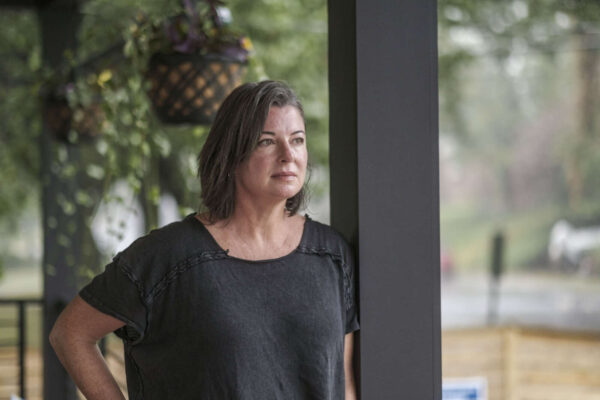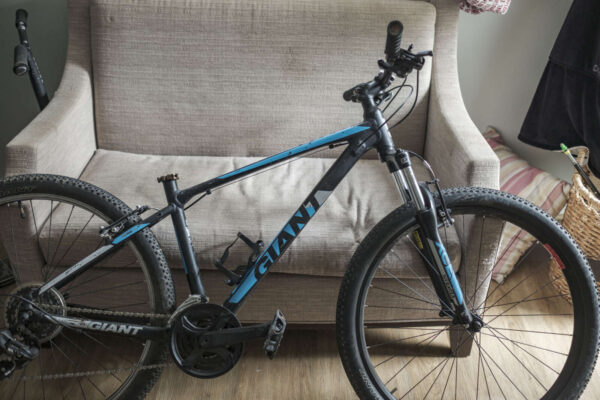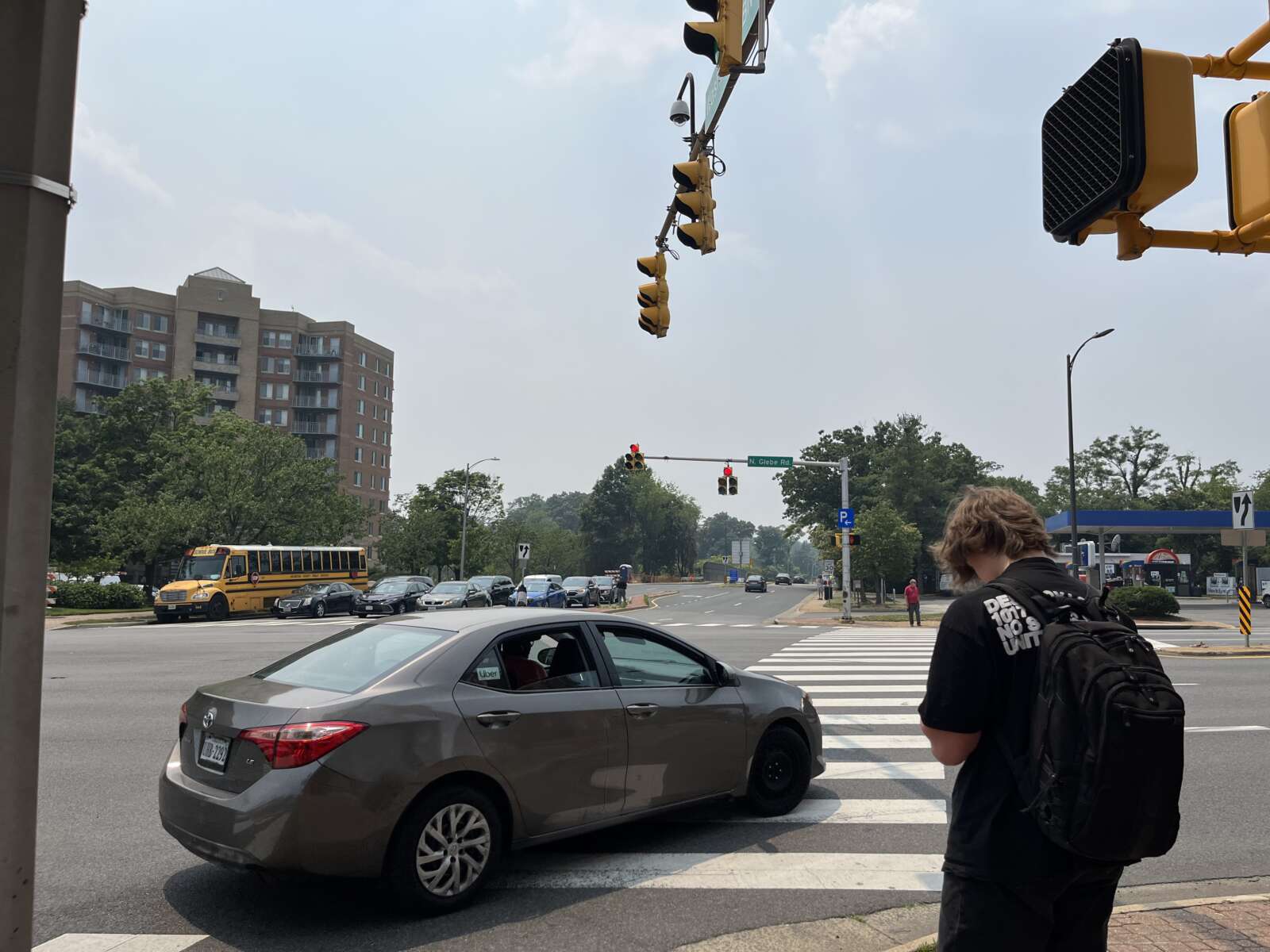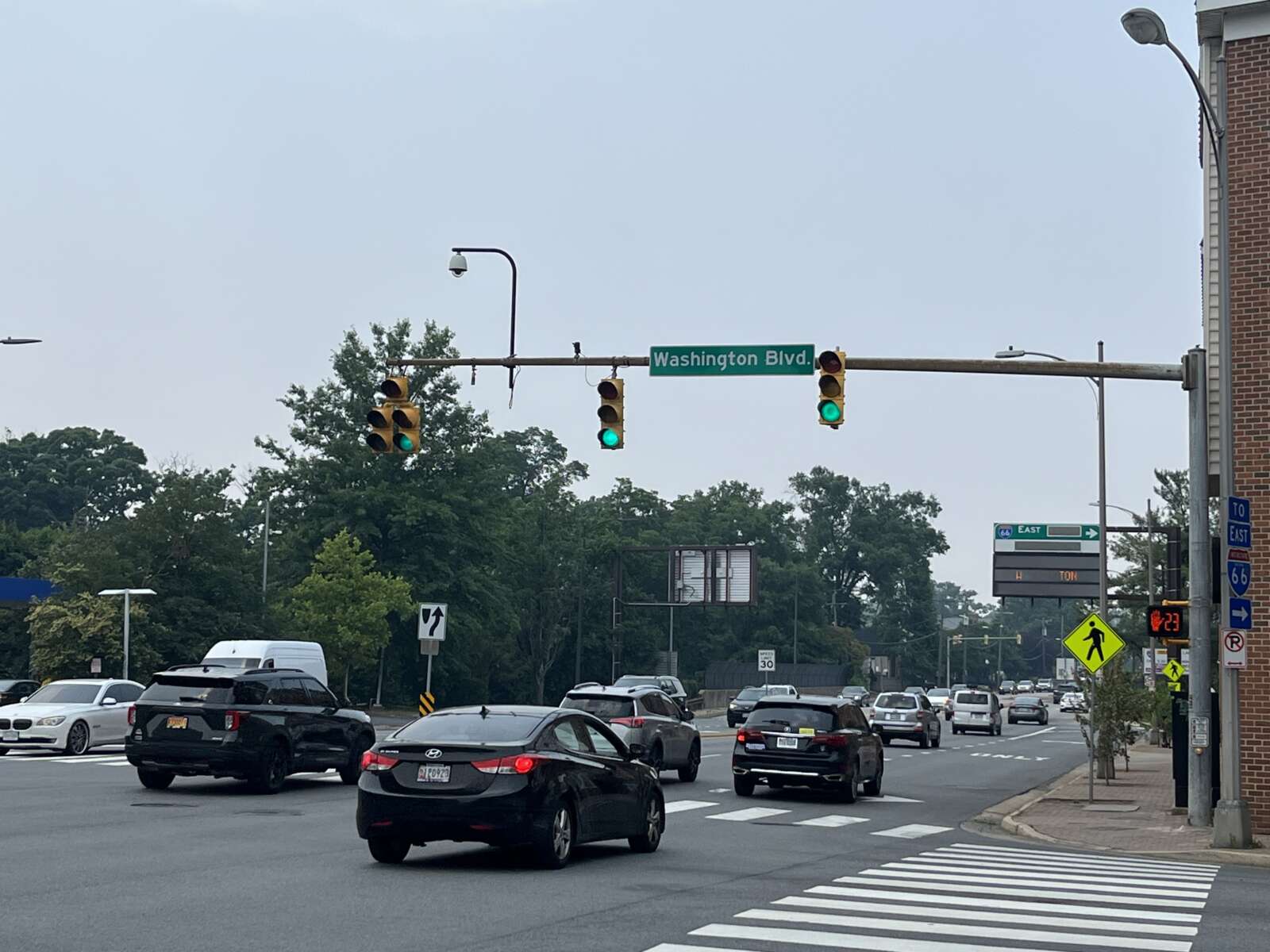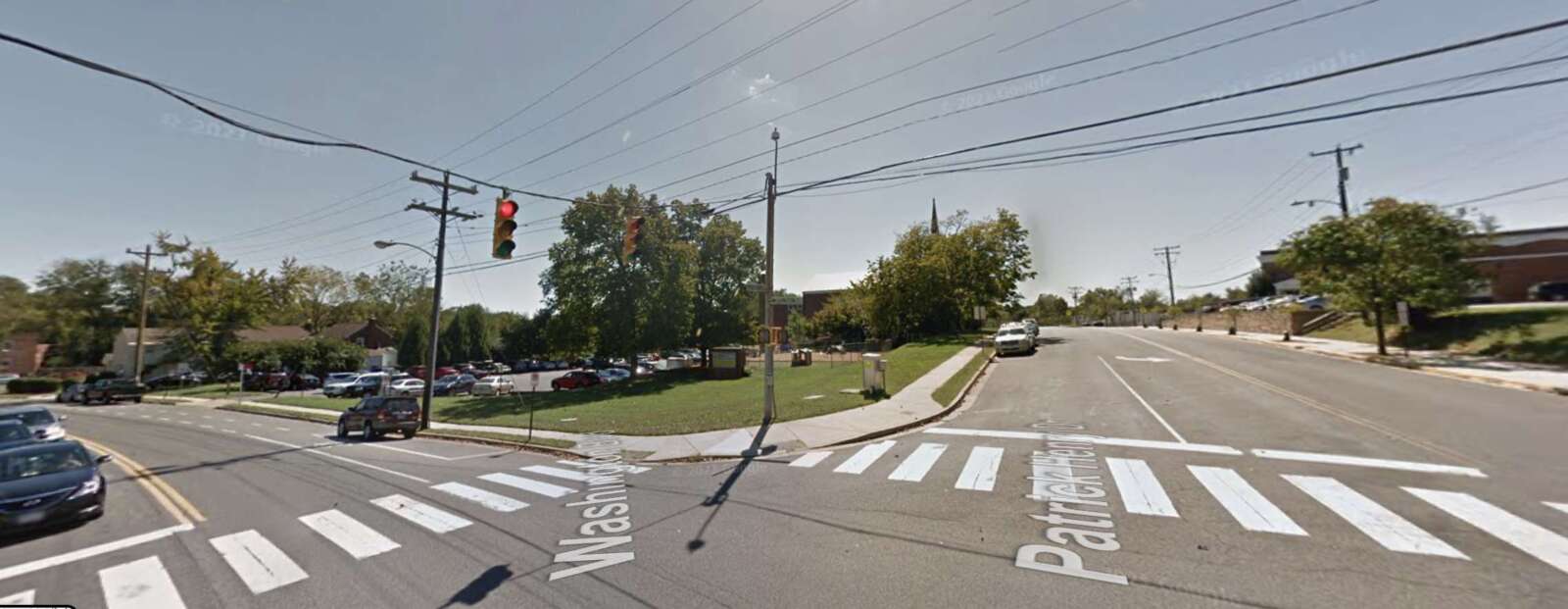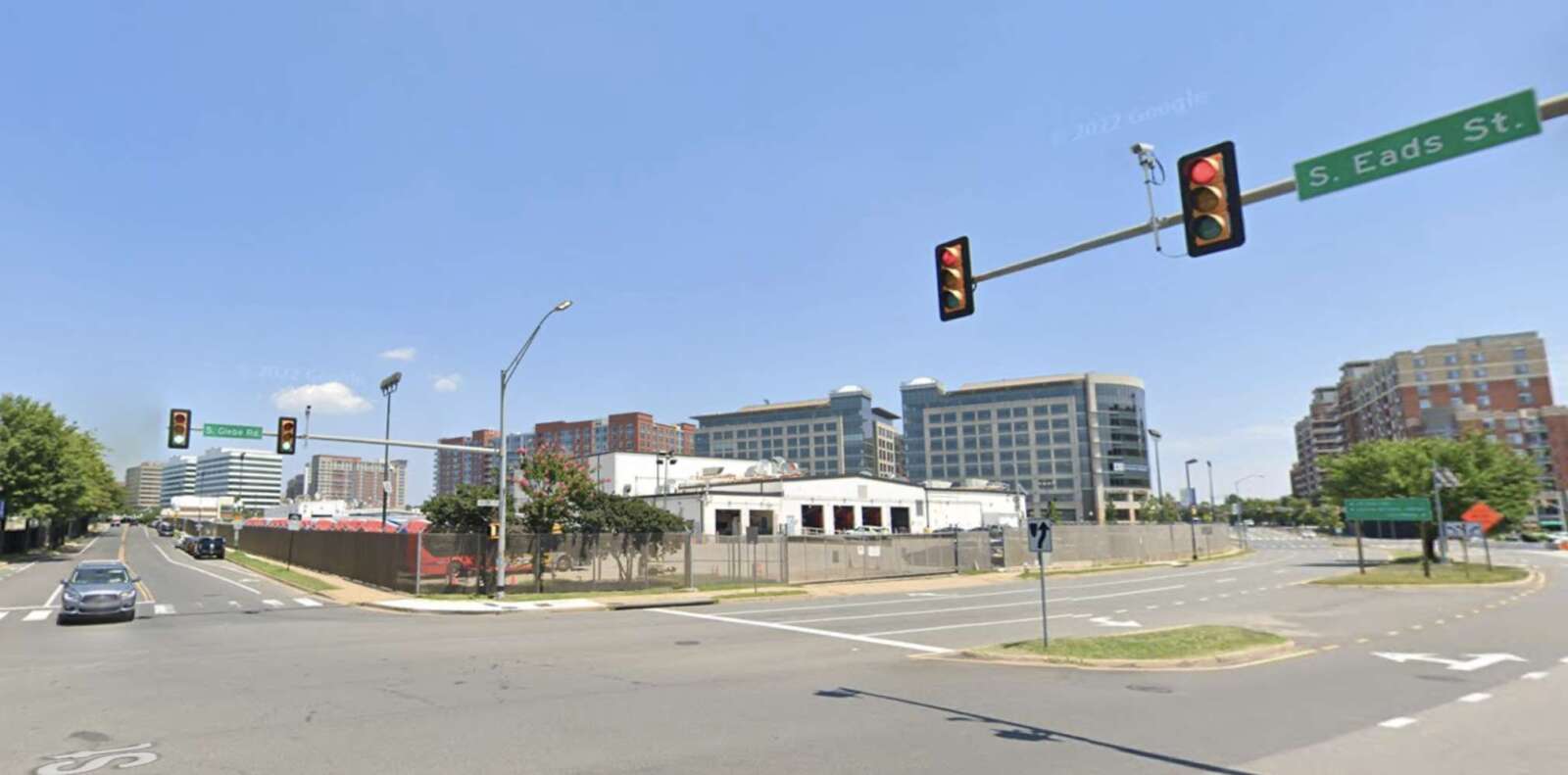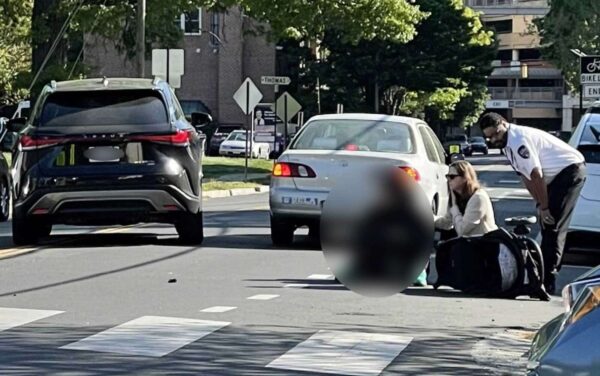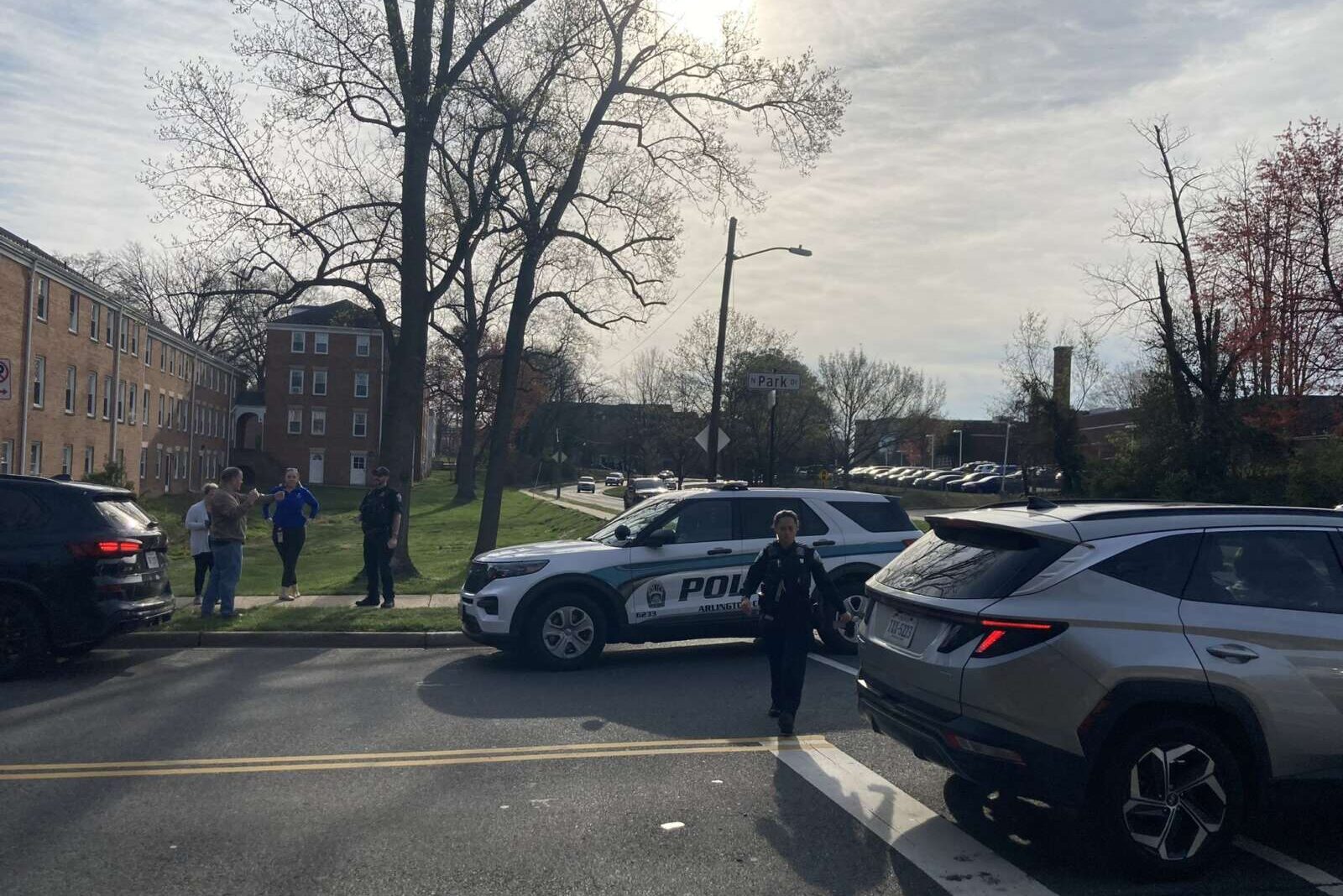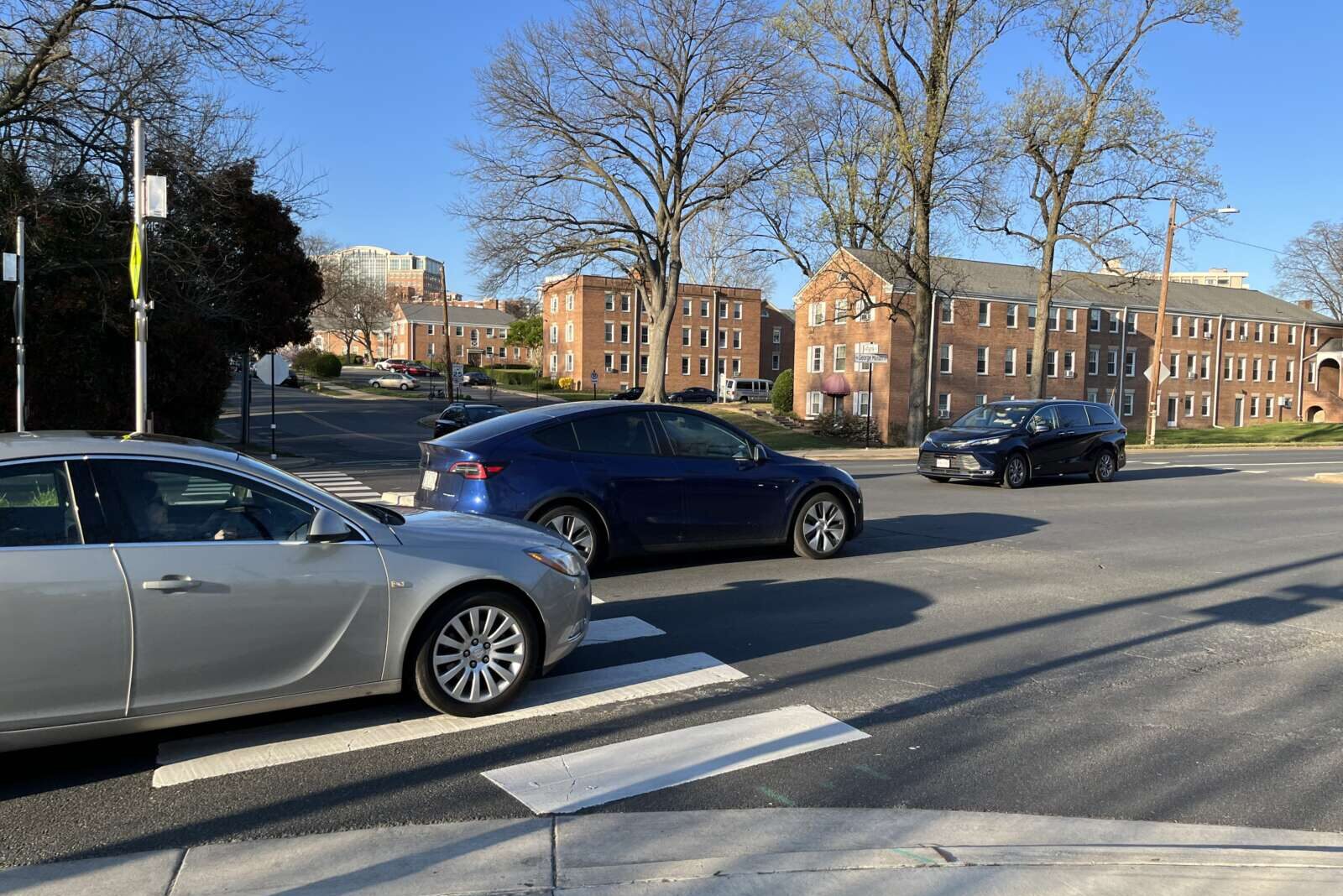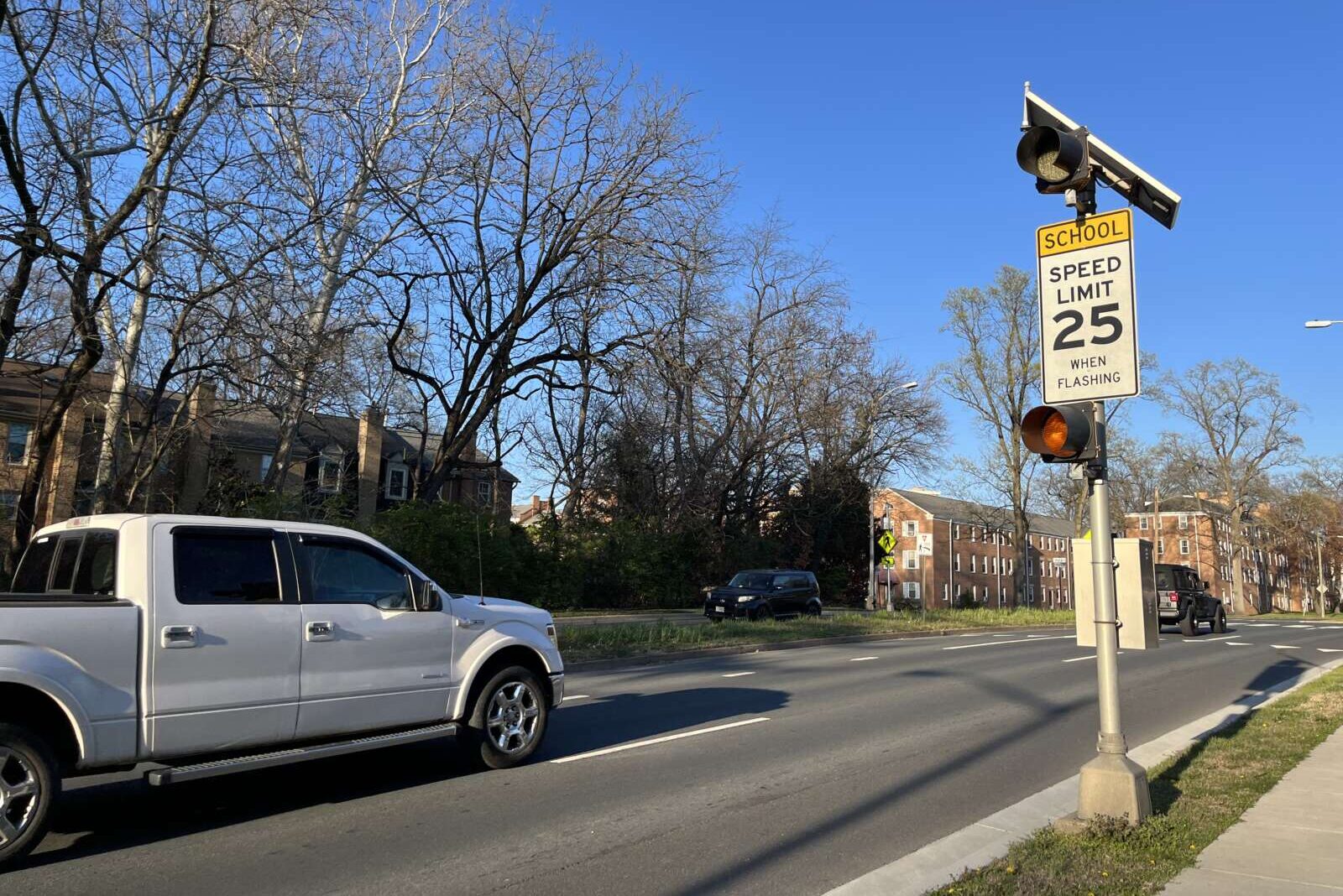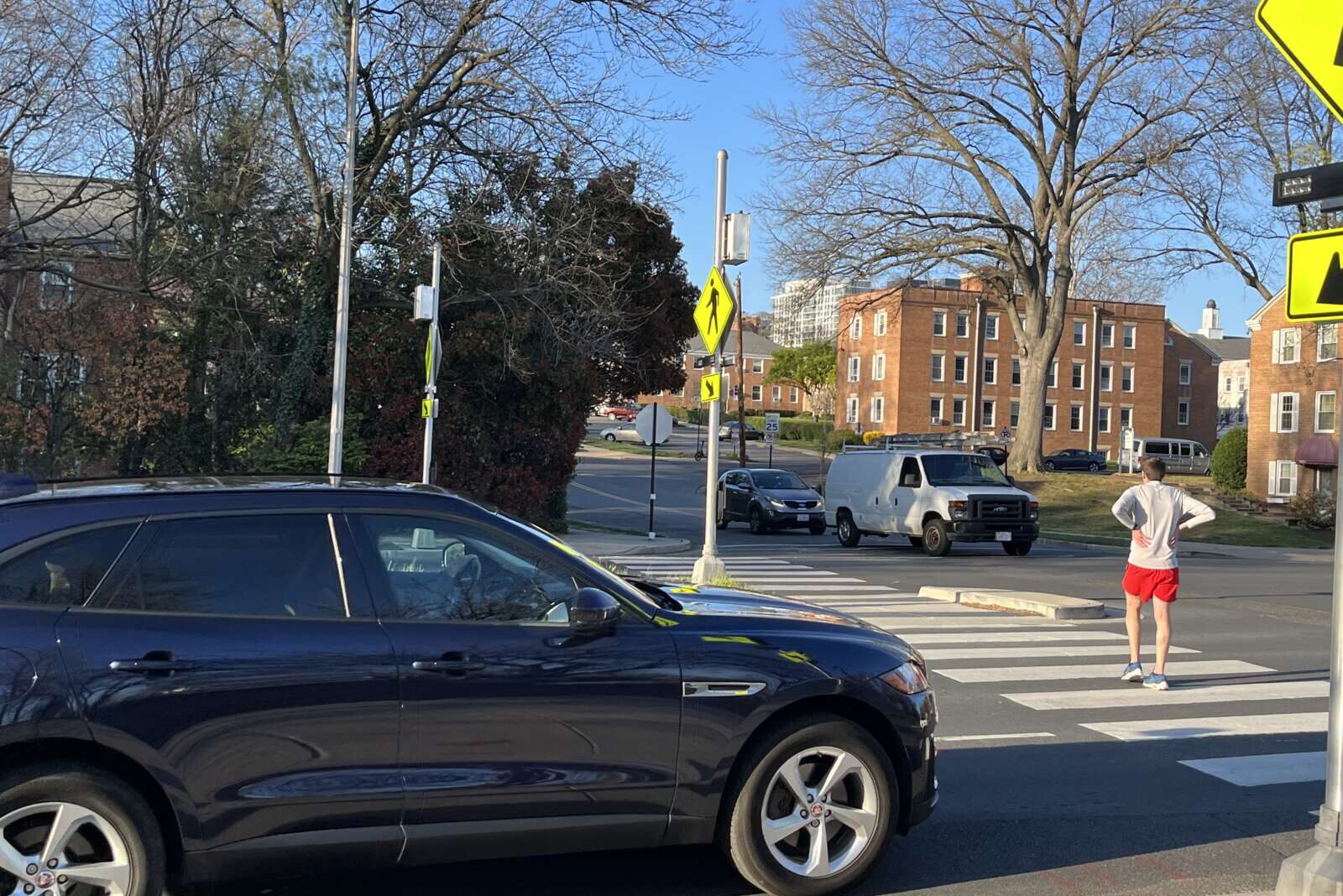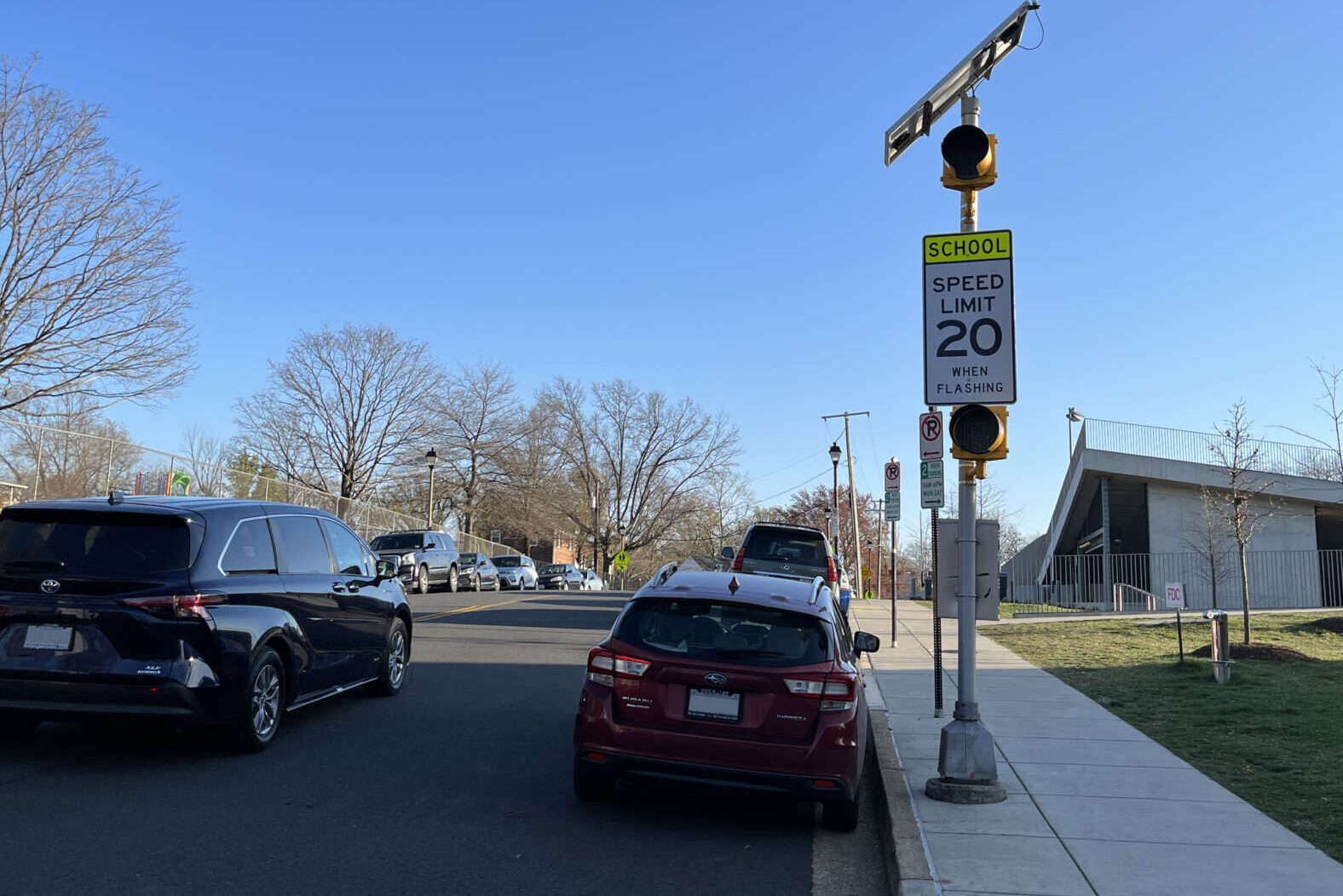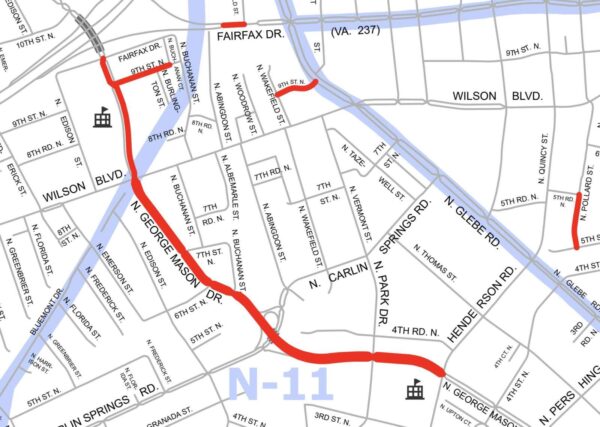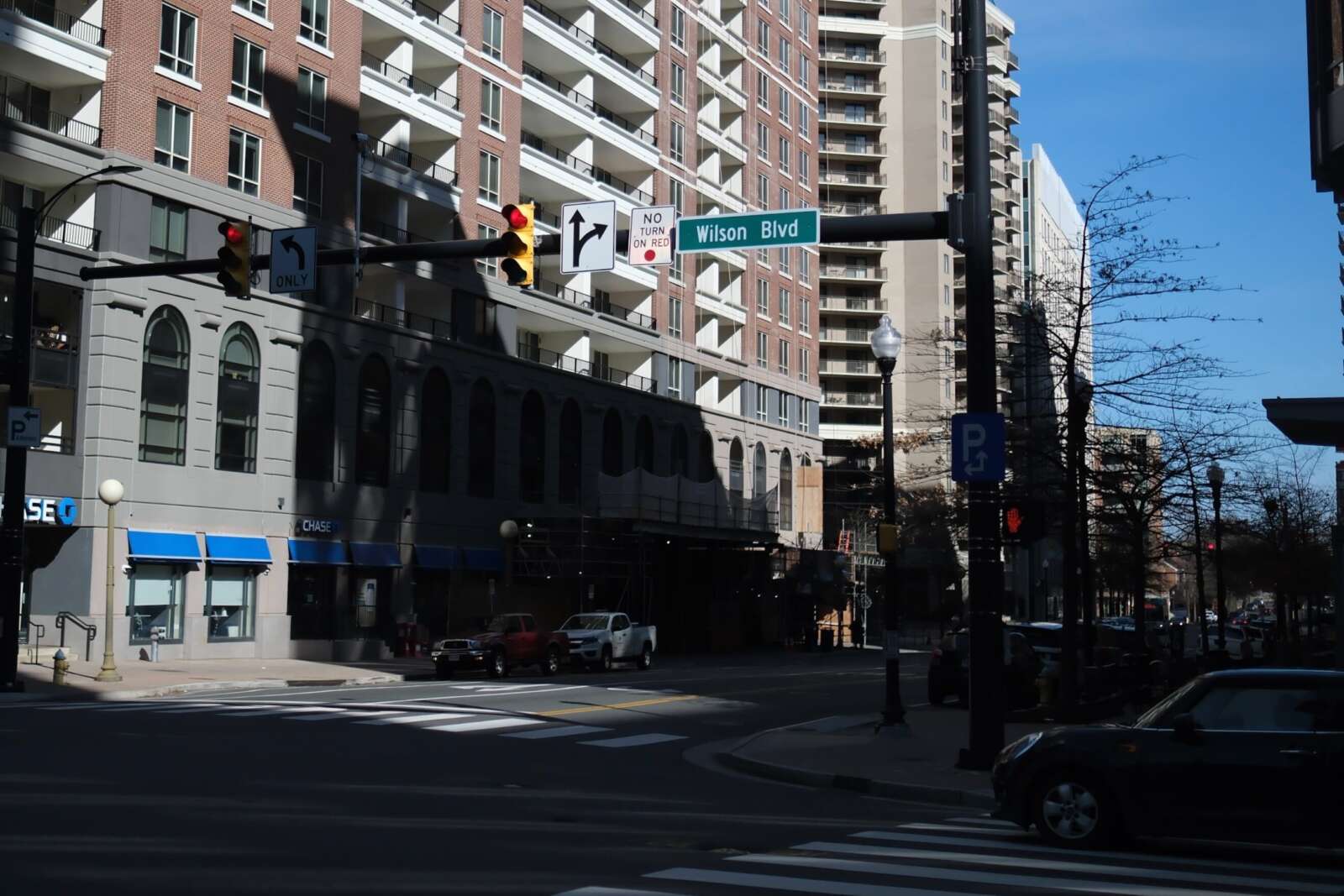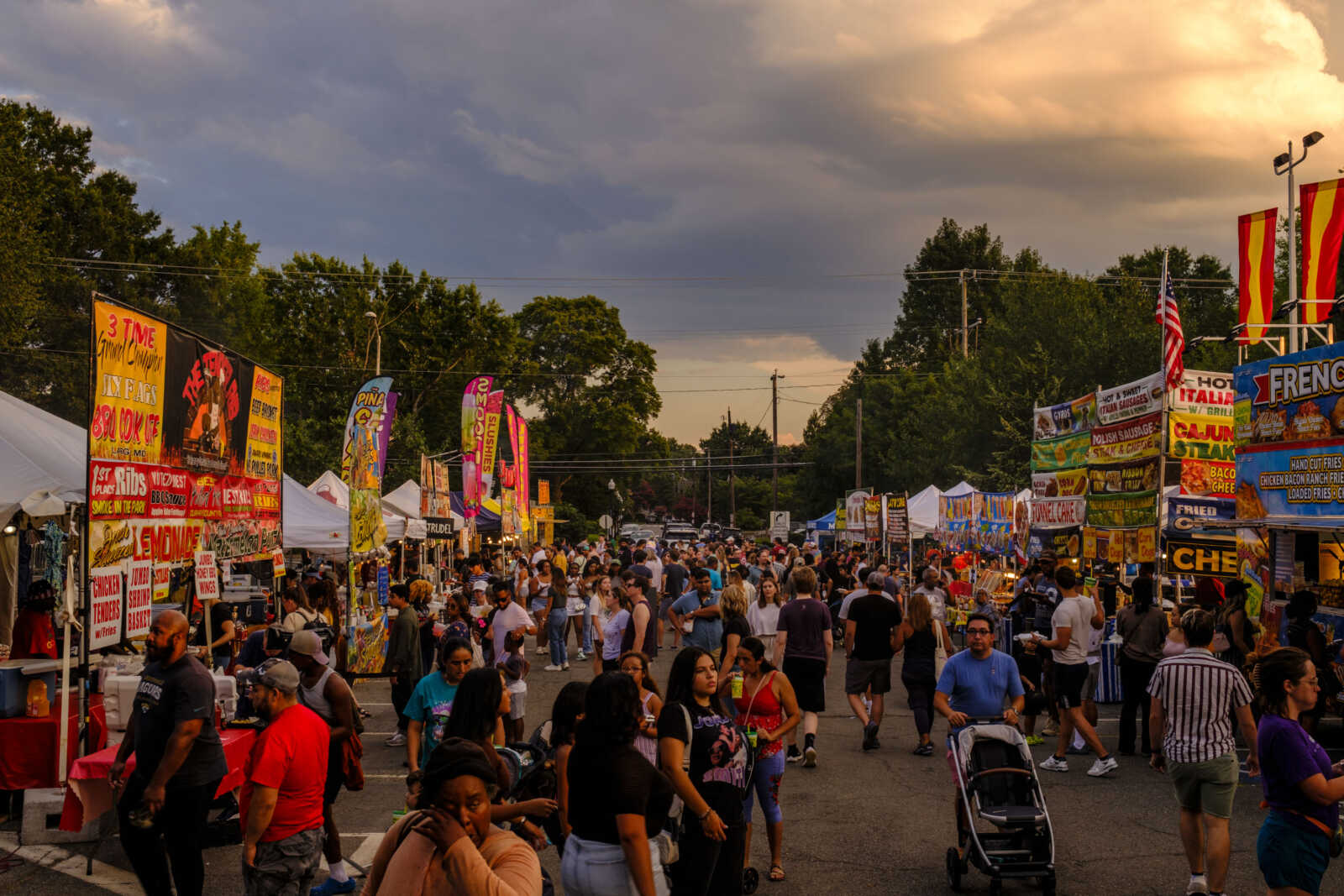
(Updated at 4:30 p.m.) Post-pandemic, the Arlington County Fair has seen a strong uptick in attendance and with it, new challenges to tackle.
Before 2020, attendance averaged at 65,000 people, according to fair board chair Matt Richard. Between the fair’s reopening in 2021 and the 2023 fair, attendance grew from 85,000 to 150,000.
“Coming out of the pandemic, people just wanted to do stuff and do stuff that was outside,” he said, noting that adding a beer garden, more rides and free entertainment, as well as stepping up outreach and marketing, all drummed up interest.
“We didn’t expect it to grow as much as it had. It just requires more logistics,” he added.
That could look like more shuttles to the fair, at the Thomas Jefferson Community Center and grounds more parking restrictions in the neighborhood as soon as this year.
The fair is down one of its shuttles because of construction at the Arlington Career Center, the location from which it departs. This year, Richard would like to secure attendance parking at (and a shuttle from) the Sequoia Plaza parking lot along Washington Blvd, used by the Arlington County Dept. of Human Services and Arlington Public Schools.
Another change could be more parking restrictions. Fewer parked cars on neighborhood streets would offset increased WMATA and Arlington Transit bus traffic during fair week, when the buses take different side streets to avoid fair-related street closures.
“The fair is an exciting event for Arlington and our neighborhood wants to continue to work with fair board to ensure their event runs smoothly,” says Arlington Heights Civic Association co-president Brian Sigritz. “We appreciate the board has been willing to meet with us and discuss our ideas about how to improve the fair.”
If parking restrictions were to increase, Sigritz said residents also want more advance notice of road closures and parking restrictions, clarity about who is affected and the quick distribution of event parking permits to impacted residents.
In addition, they are concerned about speeding and congestion on side streets, which Sigritz attributed to the rerouted WMATA and Arlington Transit buses.
One previously mulled change, moving the fair, is not on the table.
A few years ago, the fair and Arlington County staff studied alternative locations to Thomas Jefferson Community Center and the middle school, including Long Bridge Park and Virginia Highlands Park.
Rides could not fit in the Long Bridge parking lot, however, due to its configuration and height restrictions near National Airport. Virginia Highlands Park, meanwhile, had few viable options for the fair’s indoor component, potentially creating a “disconnected” fair, Richard said.
Also, surveyed residents generally preferred keeping it where it was. The fair stayed put.
“The end result was that TJ was the best option and probably will continue to be the best option in the foreseeable future,” Richard said. “If you drive around Arlington, there are not a lot of places to put it.”
Beyond logistics, the fair board is also figuring out how to host more than 100,000 people a year as a volunteer-run operation. The board is comprised of 18 volunteer members and, surrounding the week of the fair itself, event volunteers log some 600 hours.
“This is a 150,000 person event. At what point does a professional event management team have to start getting involved in really running this?” Richard asked.
Volunteers are ideal for finding sponsors and entertainers, picking the beer for the beer garden, and executing the competitions — but not as well-equipped at handling parking and security, he said.
The fair board is discussing ways to delegate these responsibilities to the Arlington County Dept. of Parks and Recreation and police department through a new Memorandum of Understanding.
“We as a board want to leave the fair in a place where, if the board dwindles to 10 or eight, the county is in a position to make sure it is executed and the board has people to lean on,” he said.


